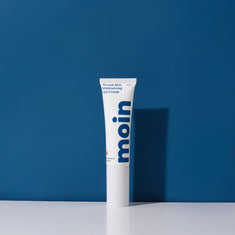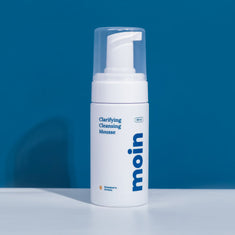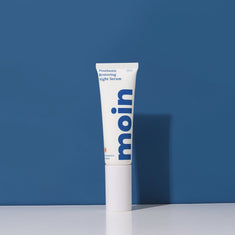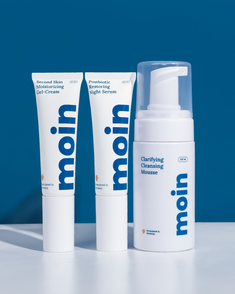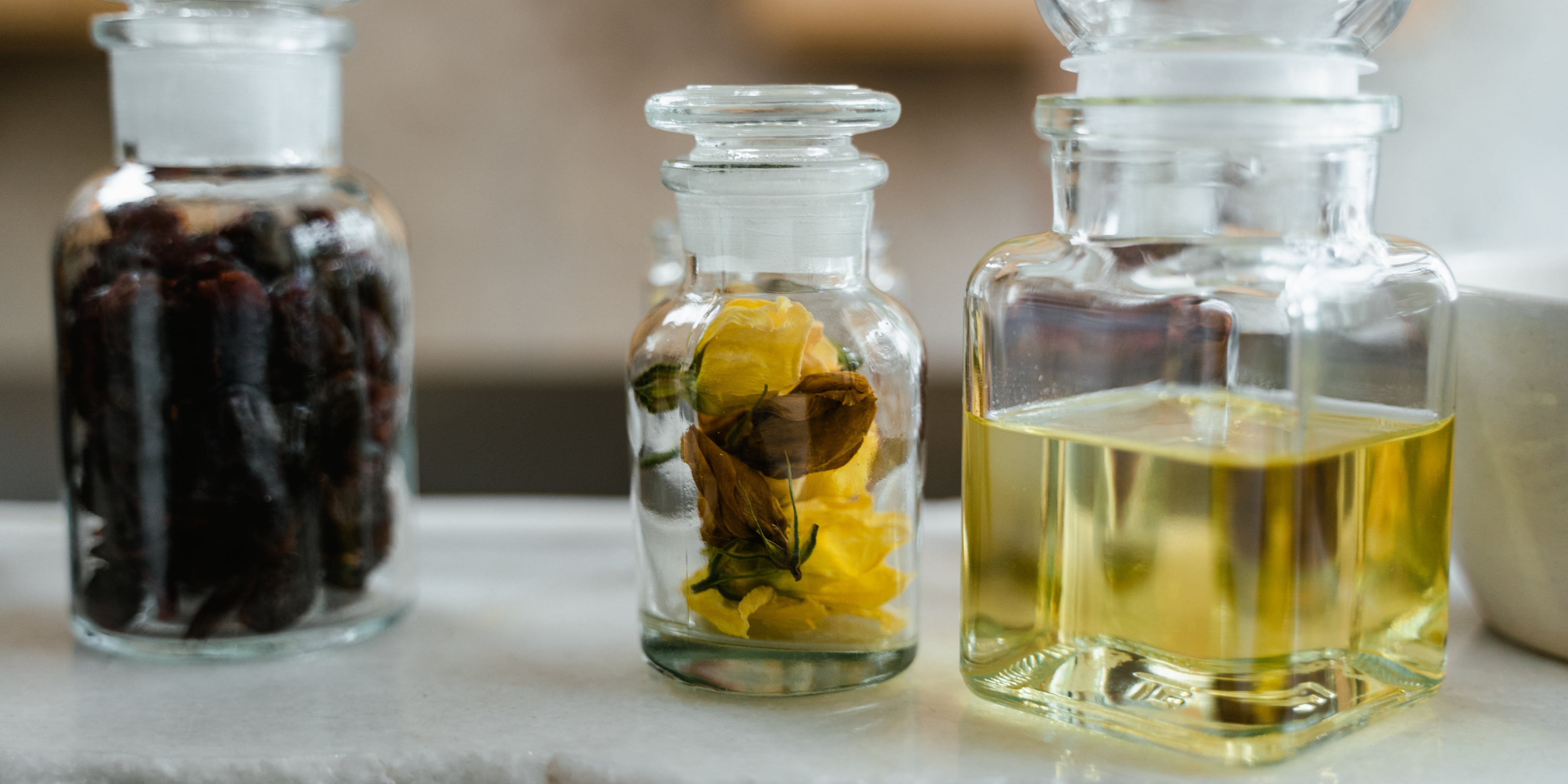The Role of Tocopherol in Skincare
Tocopherol, commonly known as vitamin E, serves as a vital nutrient for our body. Orally consuming it offers a range of benefits such as antioxidant protection, brain & heart health, and overall immune support. However, this powerhouse nutrient doesn't confine its benefits solely to internal nourishment; its efficacy extends gracefully to skincare when topically applied.
Facts about tocopherol
| INCI name | Tocopherol |
| Chemical formula | C29H50O2 |
| Molecular weight | 430.71 g/mol |
| Appearance | Viscous, pale yellow to brown liquid |
| Odor | Odorless |
| Solubility | Lipid soluble, insoluble in water |
| Recommended use level | 0.1 - 1% |
What is tocopherol?
Tocopherol belongs to eight types of vitamin E that carry antioxidant properties. It exists in various forms: alpha, beta, gamma, and delta-tocopherol. However, alpha-tocopherol is the most active and commonly utilized in skincare due to its potent antioxidant capabilities. In our bodies, tocopherols can be found plasma, membranes, and tissues due to its fat-soluble properties.

Figure: Alpha-tocopherol
How is tocopherol obtained?
Tocopherol is often obtained from natural sources such as vegetable oils (like soybean, sunflower, or wheat germ oil) or synthetically produced in laboratories.
Natural extraction involves processing these oils to isolate and concentrate tocopherol. The extraction process typically includes refining, distillation, or other purification methods to obtain a pure form of tocopherol suitable for skincare products.
Synthetic tocopherol, on the other hand, is created in a laboratory setting using chemical processes. This method allows for precise control over the purity and composition of the vitamin E.
Skin benefits of tocopherol
Tocopherol mainly works as an antioxidant by stopping the damaging chain reactions caused by lipid peroxyl radicals. These radicals can be generated through natural metabolic reactions or external factors such as exposure to UV radiation, pollution, smoking, and other environmental stressors.
When tocopherol gets oxidized, it turns into a type of unstable molecule called tocopheroxyl radical. This radical can either go back to being tocopherol with the help of other antioxidants or combine with another harmful lipid peroxyl radical, forming tocopherol quinone. This means that one tocopherol molecule can neutralize two peroxyl radical molecules, making it an efficient antioxidant in combating oxidative stress [1]. As a result, this component can help preventing premature aging.
In addition, its emollient nature contributes to skin hydration, enhancing the skin's moisture barrier and reducing transepidermal water loss (TEWL). Tocopherol is also suitable for people with sensitive skin because it exhibits anti-inflammatory properties, aiding in soothing and calming irritated skin.
Incorporating tocopherol in skincare formulation
The concentration of tocopherol in skincare formulations can vary widely depending on the specific product and its intended use. In general, tocopherol is commonly included in skincare products at concentrations ranging from 0.1% to 1%.
Some people have this idea that adding certain "active" ingredients in wash-off formulation does not really offer much benefit due to its brief contact with skin. This is not entirely true. A study has found that using rinse-off products containing tocopherol at concentrations lower than 0.2% can notably elevate vitamin E levels in the outermost layer of human skin (stratum corneum) [2]. Additionally, this usage safeguards against lipid peroxidation, providing in vivo protection.
It's also been noted that the inclusion of various water-soluble coantioxidants like ascorbate and glutathione has the ability to restore vitamin E from the tocopheroxyl radical, thereby amplifying vitamin E's antioxidant capabilities [3].
In order to deliver its benefit, topically applied tocopherols has to penetrate into dermal layers, where oxidative stress occurs. Therefore, often times formulators would try to incorporate the vitamin E ester instead, namely tocopheryl acetate, due to its better stability. And this compound needs to be hydrolyzed during skin absorption to show activity.
Yet, conflicting evidence exists regarding the extent of this conversion within the stratum corneum [4]. While multiple studies indicate that the transformation of vitamin E esters into vitamin E is notabily lwoer in the human stratum corneum compared to nucleated epidermal layers, suggesting that tocopherol offers more effective antioxidant protection for skin lipids and barrier components than tocopheryl acetate. However, within the nucleated epidermis, the conversion of vitamin E acetate into vitamin E happens at a higher rate, although it appears to rely on the specific formulation used.
In a sunscreen formulation, incorporating antioxidants like tocopheryl acetate and sodium ascorbyl phosphate have been shown to be helpful to improve photoprotection of the sunscreen itself against UVA-induced free radical formation in viable epidermal layers, since both of these compounds can be bioconverted to vitamin E and C [5].
Tocopherol isn't just another ingredient in your skincare routine—it's the powerhouse your skin has been craving. Packed with antioxidant goodness and the ability to speed up wound healing, tocopherol doesn't just keep your skin healthy; it's a multitasker that meets all your skincare needs. As scientists uncover more about its superpowers and how it teams up with other ingredients, tocopherol is cementing its place as a must-have for skincare lovers everywhere.
Source
1. Kamal-Eldin A, Appelqvist LA. The chemistry and antioxidant properties of tocopherols and tocotrienols. Lipids 1996;31:671–701.
2. Ekanayake-Mudiyanselage S, Tavakkol A, Polefka TG, et al. Vitamin E delivery to human skin by a rinse-off product: penetration of alpha-tocopherol versus wash-out effects of skin surface lipids. Skin Pharm Physiol 2005;18:20–6.
3. Jens J. Thiele; Sherry N. Hsieh; Swarna Ekanayake-Mudiyanselage (2005). Vitamin E: Critical Review of Its Current Use in Cosmetic and Clinical Dermatology. , 31(Supplement s1), 805–813.
4. Nabi Z, Tavakkol A, Dobke M, Polefka TG. Bioconversion of vitamin E acetate in human skin. Curr Probl Dermatol 2001;29:175–86.
5. Haywood R, Wardman P, Sanders R, Linge C. Sunscreens inadequately protect against ultraviolet-A-induced free radicals in skin: implications for skin aging and melanoma? J Invest Dermatol 2003;121:862–8.
